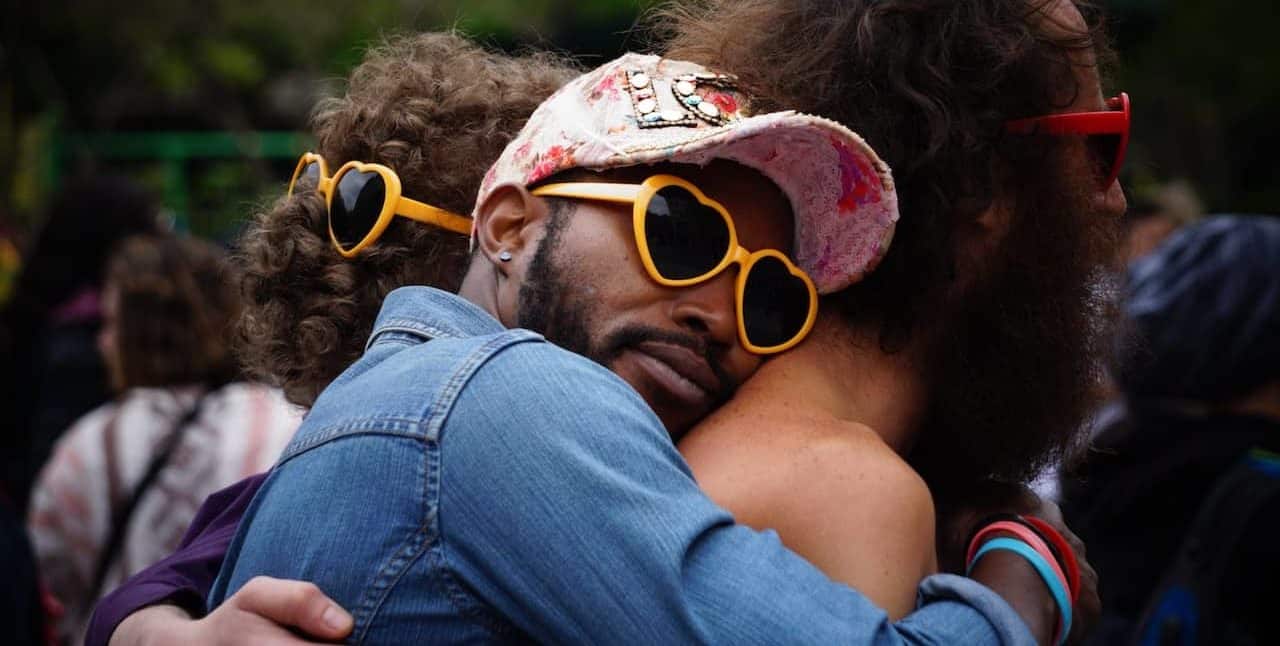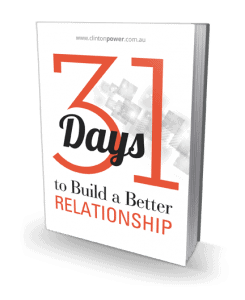4 Steps to a Great Gay Relationship
I have been reflecting on my gay relationship counselling work of the last week when I worked with several couples that were in enormous emotional pain.
It had me asking myself the question: what is it that happens in gay relationships that causes pain?
One answer I come back to again and again is related to needs. It is normal for all of us to have needs in relationships, and one of the joys of being in a relationship with another person is that we can take pleasure in the experience of having those needs met.
Unfortunately, it doesn’t always happen in the way that we want…
Unmet Needs = Emotional Pain
Many gay couples experience pain because their needs are not being met by their partner. Sometimes, when one partner expresses a need, the other will respond defensively and angrily. Or the partner will not understand the need or ignore it.
Some partners will retaliate by immediately expressing their unmet needs instead of responding to the need their partner has expressed. This is often the beginning of a cycle of anger, blame, and criticism, which can then lead to contempt.
And we know from the research that when a couple begins to feel contempt, the chances of the relationship surviving are significantly lower.
The Nonviolent Communication Model
Marshall Rosenberg, in his groundbreaking book Nonviolent Communication (NVC), introduced a model for expressing needs in your relationship. I find this model particularly useful when working with same-sex couples. It is a model that uses four steps:
- Observation
- Feeling
- Need
- Request
1. Observation: This part of the communication process describes what we hear or see. We describe what we like or dislike without judgment, evaluation, or blame. e.g., “John, I notice that your clothes are on the floor”
2. Feeling: This part of the process is about sharing your feelings when you observe this action so that you are known by the other, e.g., I feel hurt, scared, happy, or angry.
3. Need: When we state our needs, we are expressing what our values are and how they are connected to the observation. Here is how you might link the first 3 steps: “John, I notice that your clothes are on the floor, and I feel irritated because I have a need for a clean house.” It is important to note that the need is not about John picking up his clothes. A need is often related to a value that we believe is important, and for this reason, they tend to be more broad and general, such as, “I need to feel appreciated”; “I need to be professional and on time”; or “I need to be honest and open with those I love.”
4. Request: This is the part of the model where we make a change request. The request is what we want from others that would enrich our lives. So the last part of the example might be, “John, I would appreciate it if you would pick up your clothes and put them in the laundry.”
The great thing about this model is you can also use it in reverse so that you can deepen your connection and empathy with your partner. Use the four components to sense what your partner might be observing, feeling, and needing, and then become aware of what might enrich their life with the fourth part, a request.
In my experience, this is a wonderful way to deepen your relationship and voice your feelings, needs, and requests to be heard truly.
If you are struggling with this in your relationship, it can be helpful to find a gay therapist to assist you in improving your communication.
NVC Process
The concrete actions we are
observing that are affecting our well-being
How we are feeling in relation
to what we are observing
The needs, values, desires, etc.
that are creating our feelings
The concrete actions we request
in order to enrich our lives
(Rosenberg, 2004)
Are you a gay, bisexual, or lesbian person who is struggling with your life or relationships?
If so, contact Sydney Gay Counselling at (02) 8968 9323 or book an appointment online today to find out how we can help.

